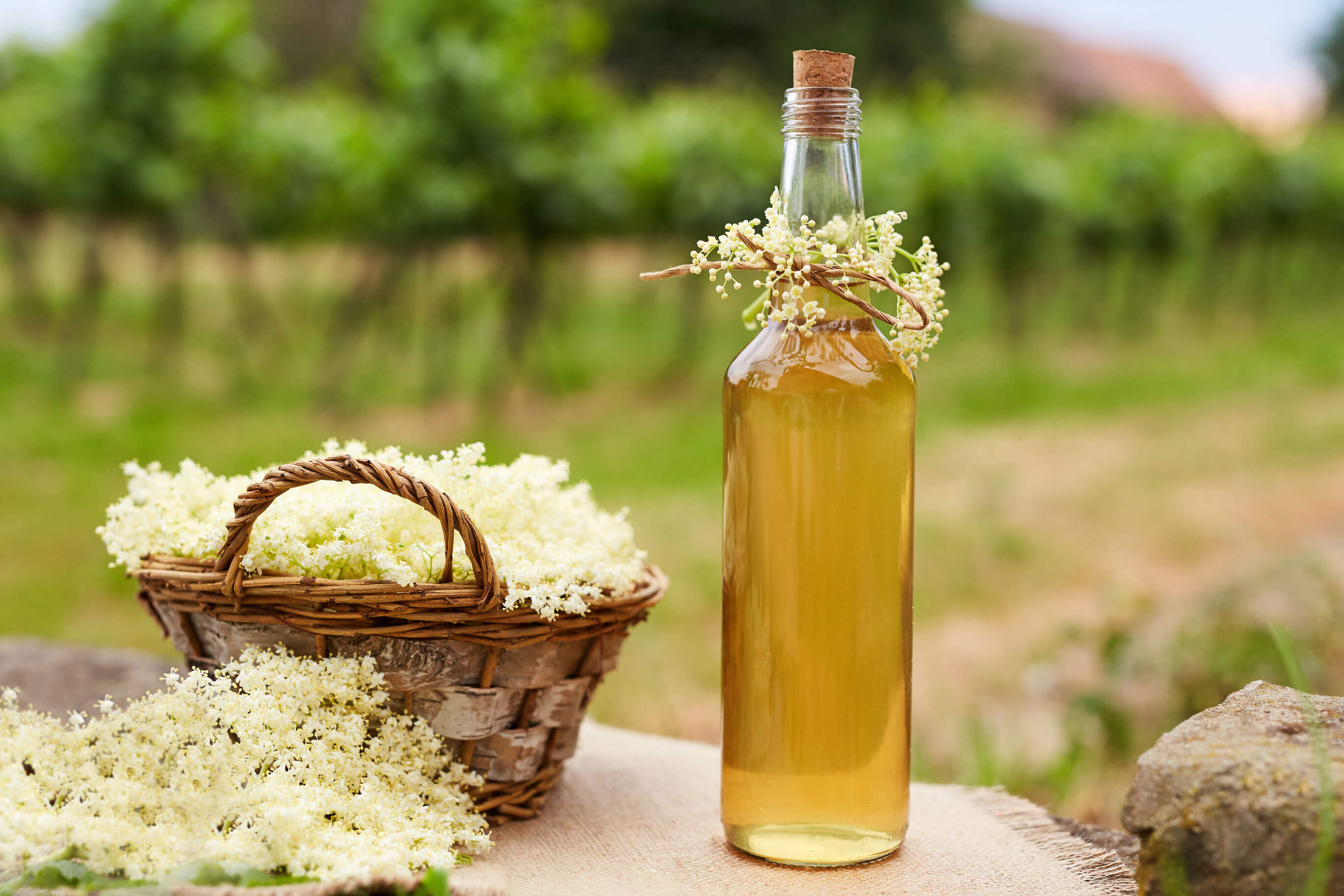A short guide to wild foraging
Here at Secret Wood Glamping, we’ve recently partnered with Peak Forager, a local business specialising in foraging walks in and around Chesterfield. Adding to the accumulation of unique experiences we offer our glamping guests, these foraging walks are a great way to connect with nature and try something new in the kitchen.
However, many people don’t necessarily know about foraging or how best to go about it. Offering you a quick step-by-step on all the best foraging tips, this beginner’s guide should help resolve any confusion…
What is foraging?
Foraging is where you search for, find, cook and eat food from the wild. Historically an essential part of human survival, people now go foraging to slow down, reconnect with nature and appreciate their surroundings, proving to be both therapeutic and gratifying.
It’s also been somewhat of a ‘trend’ recently, with Michelin Star restaurants and famous chefs boasting of their freshly-foraged ingredients, such as James Knappett and even Jamie Oliver.
Foraging throughout the seasons
As is often with nature, foraging is very dependent on the time of year. With each season comes a different abundance of foods to forage.
Generally, spring is ideal for wild garlic, chickweed, dandelion and nettle foraging, whereas summer is better for finding elderflower, bilberries (blueberries) and blackberries. When it hits autumn, you’ll see plenty of sloes, hazelnuts and apples – perfect for those hearty autumn recipe classics! In Winter, it’s more common to find wild mushrooms, pine nuts and pine needles.
For a more detailed description, we love the Woodland Trust guide that splits foraging month-by-month.
Foraging recipes
You may be wondering what you do with all this stuff once you’ve foraged it? After all, it’s not everyday you add pine needles to your dinner-time cooking. However, there are umpteen of recipes out there to try, many of which are very simple and healthy, too.
Some of our favourites include making elderflower cordial, sloe gin, garlic pesto, nettle soup and pine needle shortbread.
Even more recipes can be found online, like this BBC page dedicated to wild foraging recipes.
Code of conduct
To protect the natural habitat’s ecosystem and biodiversity, you should be mindful of sustainable foraging practices and avoid overindulging. It’s also important to consider where you forage, and ensure it’s not a protected or private area.
Things to forage at Secret Wood Glamping
At Secret Wood, we’re very lucky to have our own private 4 acre woodland that we open up to glamping guests to enjoy, although foraging can be done in most public woodlands, parks and beaches.
However, you needn’t be a glamping guest to enjoy foraging at Secret Wood. Our collaboration with Peak Forager also enables us to invite people to come by to Secret Wood and enjoy a weekend foraging walk. Joined by fellow first-time foragers, this is ideal for people to get a taste for foraging, show children the importance of nature and explore the natural landscape of our home here in Holmesfield.
To find out more on foraging at Secret Wood Glamping, get in touch or follow us on Facebook so you can be the first to hear of any upcoming foraging days!
